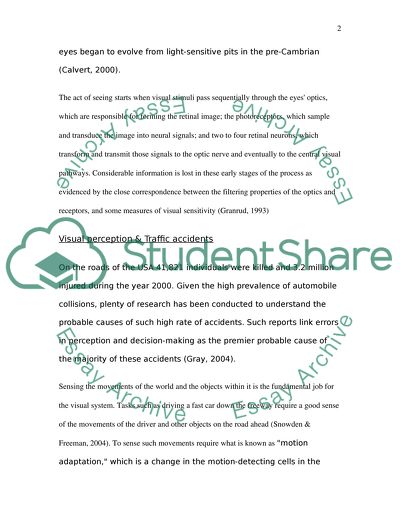Cite this document
(“Visual perception issues involved in traffic accidents Essay”, n.d.)
Visual perception issues involved in traffic accidents Essay. Retrieved from https://studentshare.org/miscellaneous/1504353-visual-perception-issues-involved-in-traffic-accidents
Visual perception issues involved in traffic accidents Essay. Retrieved from https://studentshare.org/miscellaneous/1504353-visual-perception-issues-involved-in-traffic-accidents
(Visual Perception Issues Involved in Traffic Accidents Essay)
Visual Perception Issues Involved in Traffic Accidents Essay. https://studentshare.org/miscellaneous/1504353-visual-perception-issues-involved-in-traffic-accidents.
Visual Perception Issues Involved in Traffic Accidents Essay. https://studentshare.org/miscellaneous/1504353-visual-perception-issues-involved-in-traffic-accidents.
“Visual Perception Issues Involved in Traffic Accidents Essay”, n.d. https://studentshare.org/miscellaneous/1504353-visual-perception-issues-involved-in-traffic-accidents.


